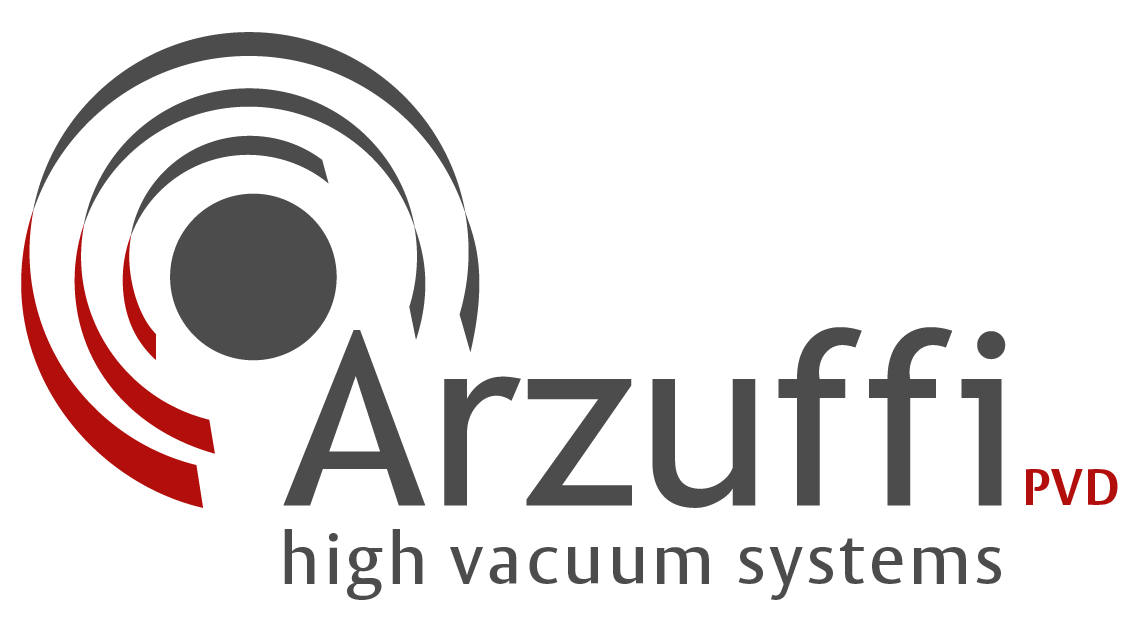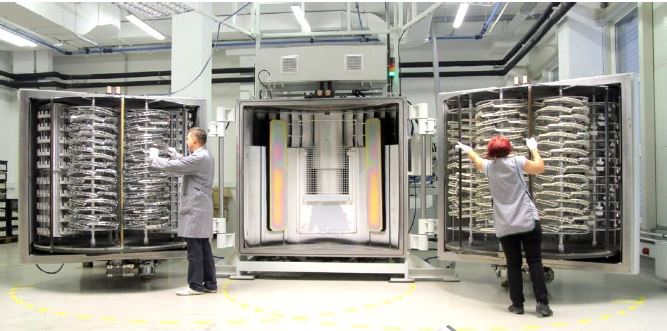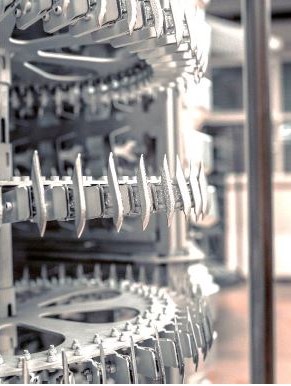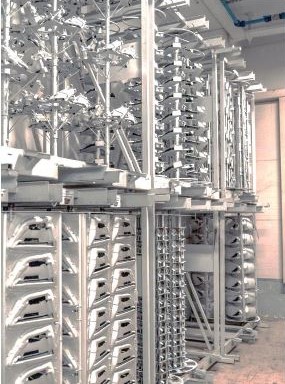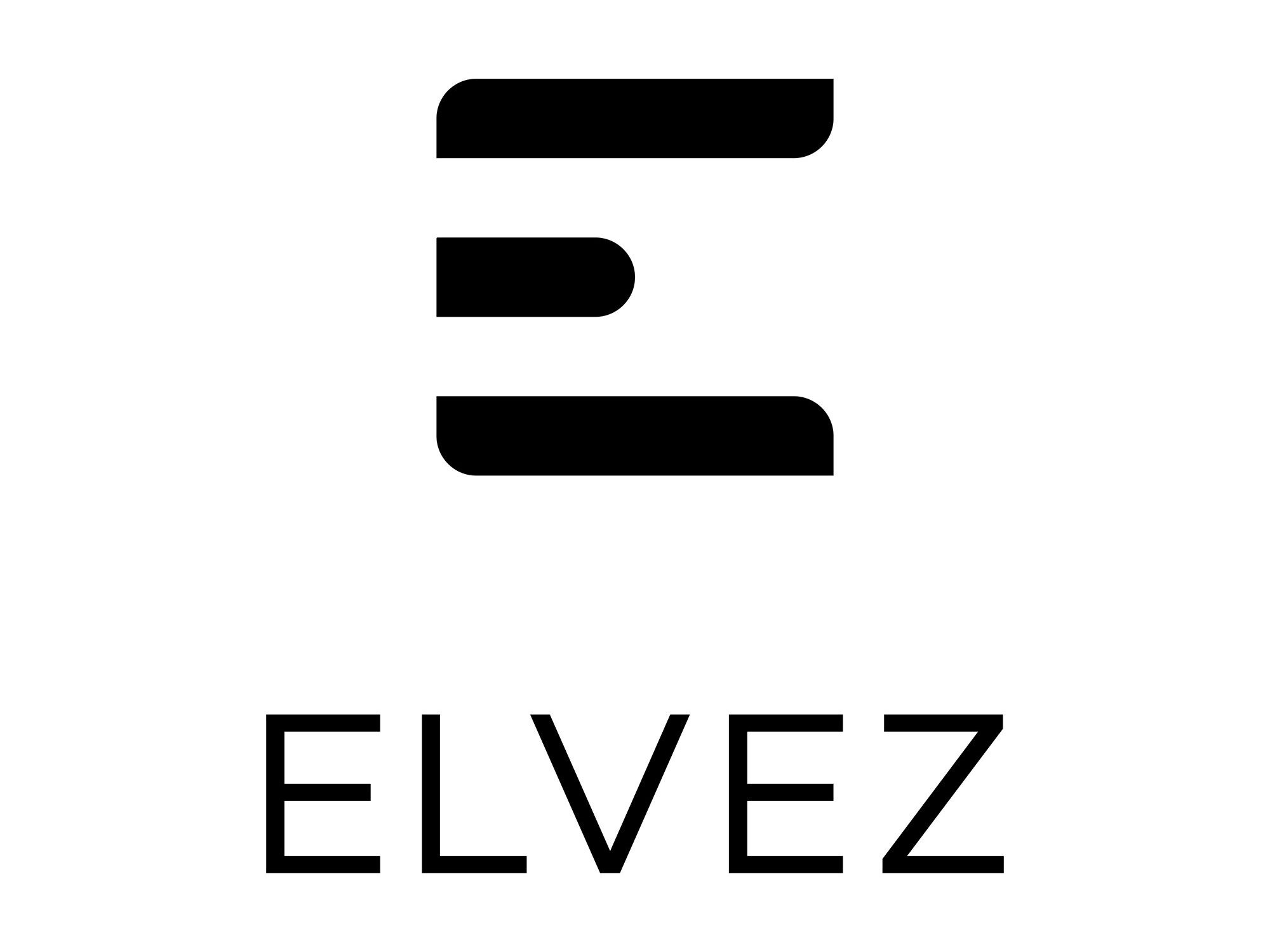Benvenuti a questa intervista esclusiva con il direttore del dipartimento di ricerca, sviluppo e tecnologia della società ELVEZ, il Dott. Žiga Gosar.
ELVEZ è un’azienda a conduzione familiare specializzata nel produrre e fornire ai clienti di tutto il mondo componenti stampati in plastica, parti metallizzate e soluzioni di cablaggio.
Situato in Slovenia, ELVEZ lavora per una vasta gamma di industrie come il settore dell’auto, prodotti di consumo generali, industriali e tecnici ed elettrodomestici. Alcuni dei loro clienti sono BMW, Mercedes, Volvo, Scania, Hella, ZKW, John Deere, PSA, Renault, Kärcher, Mahle, McLaren…
Which type of equipment from Arzuffi do you have? Which technology?
In ELVEZ we utilize the Arzuffi high vacuum metallization equipment model AM/KW 2DA2 1900/1800 IC MF. When we started collaborating and bought our first machine, this was a custom-made high vacuum machine which then become a standard machine for other companies in automotive industry.
How long have you been using our equipment?
We have been utilizing your equipment for high vacuum metallization since 2012. Over time, we have acquired three machines with varying specifications, including different MF power supply, HMDSO cabinet, and cathode positions within the vacuum chamber. Our first machine was obtained in May 2012, followed by a second purchase in July 2015, and the most recent addition was received in October 2018. Notably, we have observed that the equipment’s optimization has led to increased energy efficiency, resulting in reduced energy consumption over the years.
What are the main applications or products for which you use our PVD equipment?
Our primary utilization of the PVD equipment centers around metallizing a variety of component for different industries like automotive, railway, interior design, and medical fields. These products include reflectors, bezels, blinkers, fog lamps, and traffic lights. We have expanded into unique projects like metalizing reflectors for light carpets with projected logos, decorative LED lamps, sensors for automatic windshield wiping, glass lamps, and glass bottles. Our company’s research and development department has undertaken innovative projects like integrating sensors into plasma reactors for smart production, nano structuring of polymers, real-time monitoring sensors for deposition rates, and initial stages of surface functionalization of polymers. Our approach reflects a diverse range of applications across industries, driven by cutting-edge technologies.
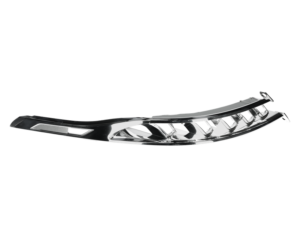
Which kind of innovation did you bring to the use of your Arzuffi system?
We have introduced several innovative advancements to the utilization of our Arzuffi system, significantly enhancing its capabilities and impact across various applications. Some of the key innovations we have incorporated are real-time plasma monitoring and control, automated process adjustments, smart coating strategies, remote capabilities, versatile application modules, sustainability features, and AI integration. These advancements collectively enhance the efficiency, precision, and sustainability of our metallization processes, cementing our position at the forefront of innovative surface treatment solutions.
Are there any emerging trends or technologies that you believe will significantly impact the future of metallization?
Absolutely, the field of metallization is experiencing a dynamic evolution, with several emerging trends and technologies poised to significantly impact its future. These include advancements in nanotechnology, which will lead to precise control over coating properties and surface features. Additionally, the integration of metallization with 3D printing, flexible electronics, and wearable technology will create new possibilities for functional and customizable products. Moreover, the adoption of green and sustainable materials will align metallization processes with environmental concerns. As industries continue to seek innovative solutions, the future of metallization will be shaped by a combination of advanced materials, interdisciplinary collaborations, and the drive towards sustainable and efficient manufacturing practices.
What specific advancements or developments in metallization techniques do you anticipate in the coming years?
In the coming years, we can anticipate several exciting advancements and developments in metallization techniques that have the potential to transform various industries. There are some specific areas where we expect significant progress: precise control over nanostructured coatings and thin films, selective metallization, integration with additive manufacturing and printed electronics, enhanced flexibility and stretchability, development of functional and smart coatings, improved adhesion and durability, multi-material metallization, environmentally friendly processes, integrated monitoring and automation, biomedical applications, and advancements aligned with Industry 4.0. These developments will drive innovation across industries, creating products with enhanced properties, customized functionalities, and improved efficiency in manufacturing processes.
What role do you see automation and digitalization playing in the future of metallization processes?
Automation and digitalization will play vital roles in shaping the future of metallization processes. These technologies will lead to more precise control, reduced human errors, enhanced productivity, and data-driven insights. Automation will optimize process parameters and enable remote monitoring and adjustments. Real-time data analysis will enable predictive maintenance and process improvements. Digitalization will facilitate customization, flexibility, and seamless integration with Industry 4.0 principles. These advancements will not only improve efficiency but also lead to smarter, data-informed decision-making and streamlined manufacturing operations.
How do you envision the integration of metallization with other manufacturing processes or technologies in the future?
The integration of metallization with other manufacturing processes and technologies holds immense potential for creating synergistic solutions and innovative products. Some ways in which metallization could be integrated with other processes and technologies are additive manufacturing (3D Printing), nanotechnology and thin film deposition, surface engineering and coating technologies, functional textiles and wearables, flexible and stretchable electronics, energy storage and conversion, biomedical and healthcare applications, electromagnetic shielding and antenna fabrication, smart packaging, automotive innovations, electronics miniaturization, industry 4.0 and IoT.
How do you think environmental and sustainability concerns will influence the future of metallization processes?
Environmental and sustainability concerns are expected to significantly influence the future of metallization processes. Industries are increasingly prioritizing eco-friendly practices, leading to shifts in materials, energy consumption, waste reduction, and regulatory compliance. Sustainable metallization processes will emphasize green materials, reduced energy usage, minimized waste generation, and responsible chemical management. Recycling, reusability, and lifecycle assessments will be key considerations. Innovations in coatings, materials, and processes will align with sustainability goals and circular manufacturing models, enhancing product durability and minimizing environmental impact. Public perception and branding will also play a role as industries strive to adopt responsible manufacturing practices.
Do you think there is shift towards alternative materials or coatings that could potentially replace traditional metallization methods soon?
Yes, there is a growing shift towards exploring alternative materials and coatings that have the potential to replace traditional metallization methods in various applications. Factors such as environmental concerns, performance improvements, and regulatory requirements are driving this shift. Alternative options include transparent conductive films, nanostructured coatings, conductive polymers, carbon-based materials, ceramic coatings, functional thin films, printed electronics, plasma polymerization, and hybrid coatings. However, the adoption of these alternatives will depend on factors such as scalability, cost-effectiveness, and compatibility with existing processes. While complete replacement of traditional methods may not occur immediately, these alternatives are reshaping the metallization landscape to better meet evolving industry needs.
